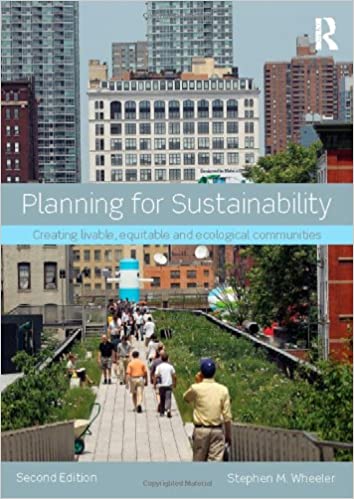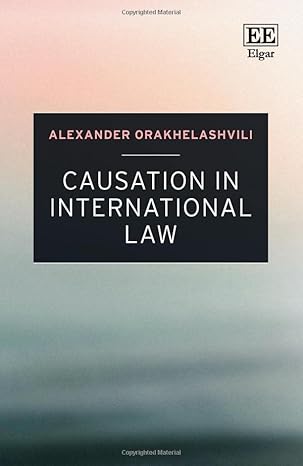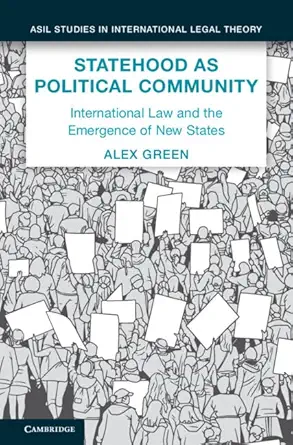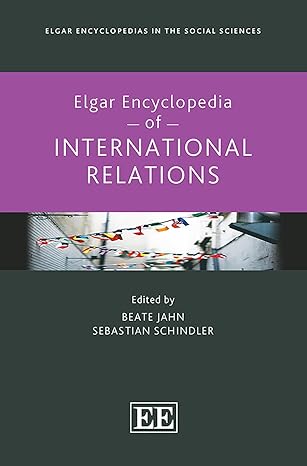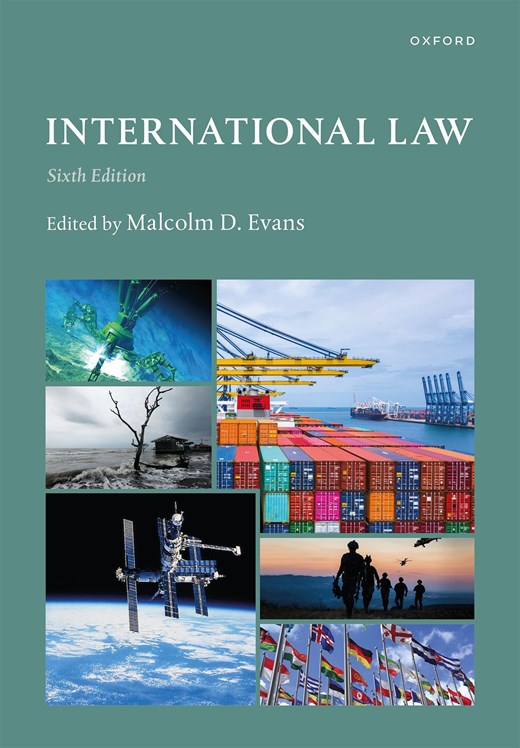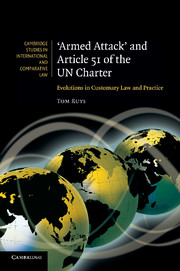How can human communities sustain a long-term existence on a small planet? This challenge grows ever more urgent as the threat of global warming increases.
Planning for Sustainability presents a wide-ranging, intellectually well-grounded and accessible introduction to the concept of planning for more sustainable and livable communities. The text explores topics such as how more compact and walkable cities and towns might be created, how local ecosystems can be restored, how social inequalities might be reduced, how greenhouse gas emissions might be lowered, and how more sustainable forms of economic development can be brought about.
The second edition has been extensively revised and updated throughout, including an improved structure with chapters now organized under three sections: the nature of sustainable planning, issues central to sustainable planning, and scales of sustainable planning. New material includes greater discussion of climate change, urban food systems, the relationships between public health and the urban environment, and international development.
Building on past schools of planning theory, Planning for Sustainability lays out a sustainability planning framework that pays special attention to the rapidly evolving institutions and power structures of a globalizing world. By considering in turn each scale of planning―international, national, regional, municipal, neighborhood, and site and building―the book illustrates how sustainability initiatives at different levels can interrelate. Only by weaving together planning initiatives and institutions at different scales, and by integrating efforts across disciplines, can we move towards long-term human and ecological well-being.
چکیده فارسی
چگونه جوامع انسانی می توانند در یک سیاره کوچک زندگی طولانی مدت خود را حفظ کنند؟ با افزایش تهدید گرمایش جهانی، این چالش بیش از پیش ضروری می شود.
برنامه ریزی برای پایداری مقدمه ای گسترده، از نظر فکری مستدل و قابل دسترس برای مفهوم برنامه ریزی برای جوامع پایدارتر و زیست پذیرتر ارائه می دهد. این متن موضوعاتی مانند چگونگی ایجاد شهرها و شهرکهای فشردهتر و قابل پیادهروی، چگونگی احیای اکوسیستمهای محلی، چگونگی کاهش نابرابریهای اجتماعی، چگونگی کاهش انتشار گازهای گلخانهای و چگونگی توسعه پایدار اقتصادی را بررسی میکند. ایجاد شد.
ویرایش دوم به طور گسترده در سراسر جهان بازنگری و به روز شده است، از جمله یک ساختار بهبودیافته با فصل هایی که اکنون در سه بخش سازماندهی شده اند: ماهیت برنامه ریزی پایدار، مسائل محوری برای برنامه ریزی پایدار، و مقیاس های برنامه ریزی پایدار. مطالب جدید شامل بحث بیشتر در مورد تغییرات آب و هوا، سیستم های غذایی شهری، روابط بین سلامت عمومی و محیط شهری، و توسعه بین المللی است.
بر اساس مکاتب قبلی تئوری برنامهریزی، برنامهریزی برای پایداری یک چارچوب برنامهریزی پایداری را ارائه میکند که توجه ویژهای به نهادها و ساختارهای قدرت جهانی در حال تحول سریع دارد. این کتاب با در نظر گرفتن هر مقیاس برنامه ریزی - بین المللی، ملی، منطقه ای، شهرداری، محله، محله و ساختمان- نشان می دهد که چگونه ابتکارات پایداری در سطوح مختلف می توانند به هم مرتبط باشند. تنها با ترکیب طرحها و نهادهای برنامهریزی در مقیاسهای مختلف، و با ادغام تلاشها در رشتهها، میتوانیم به سمت رفاه بلندمدت انسانی و زیستمحیطی حرکت کنیم.
ادامه ...
بستن ...
